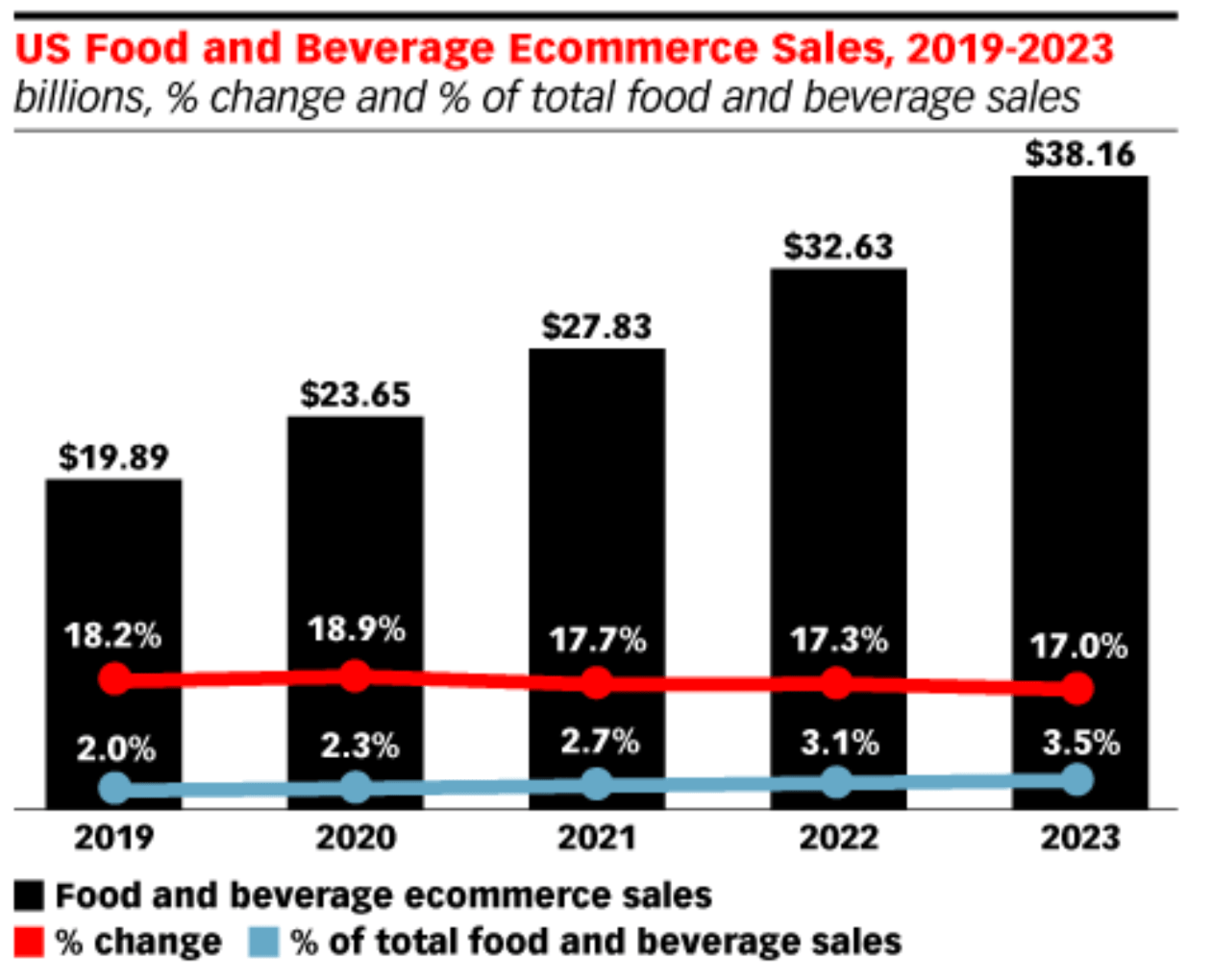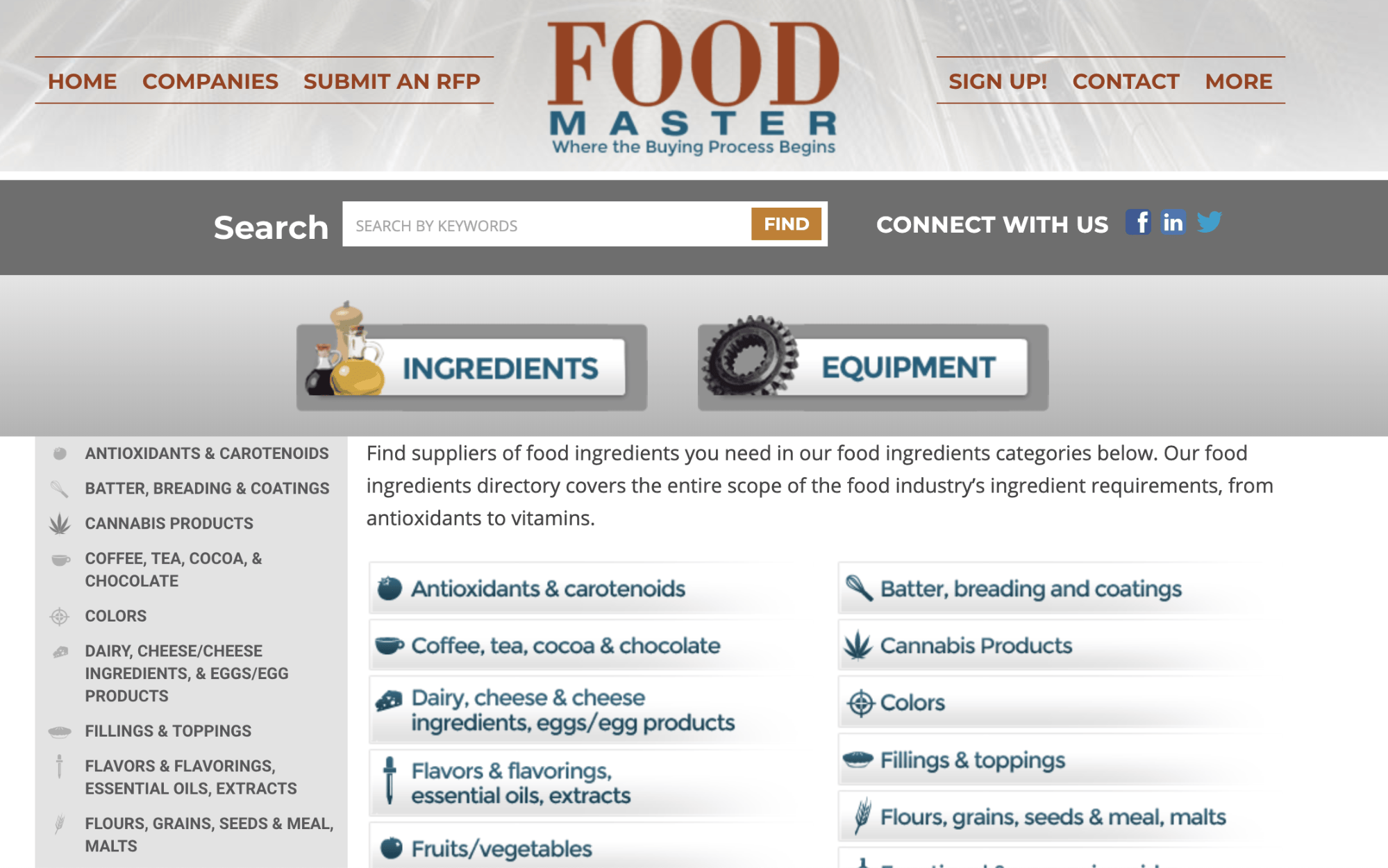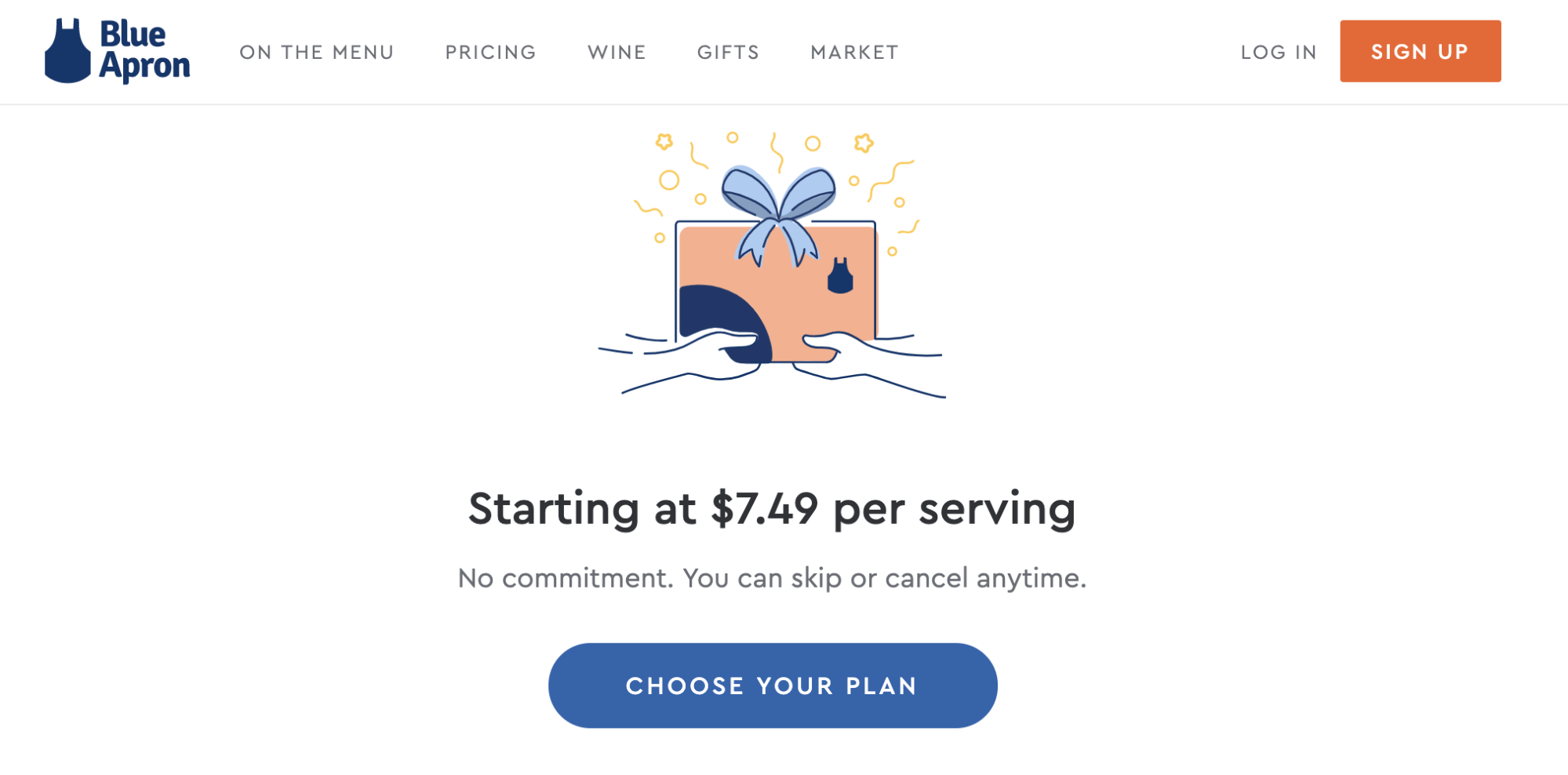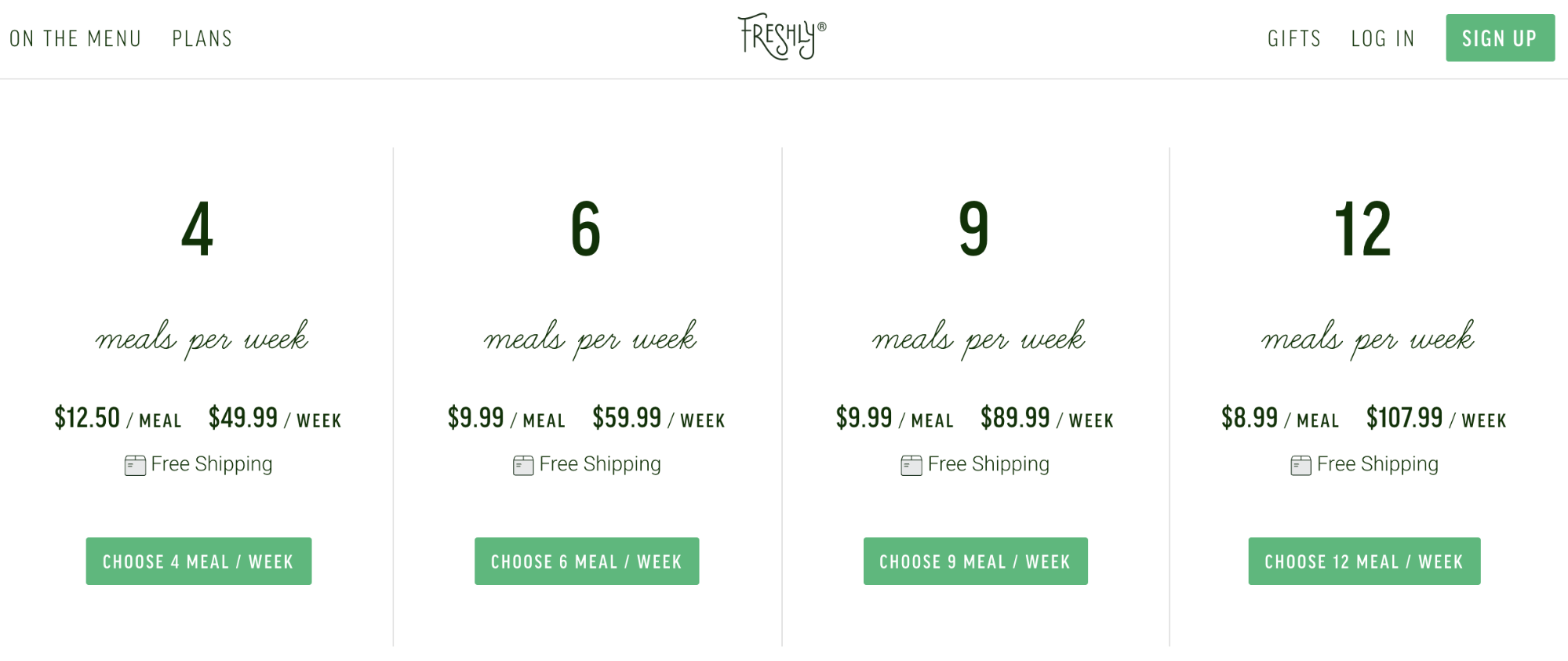For the most part, my domestic and professional lives run along quite smoothly. However, there are a few times a year, namely April through about mid-June and late August through the end of October, that tend to be quite stressful. Our schedules compress for a number of reasons and we find ourselves often with more things to do and more things to get done than we have time to complete.
This leaves us feeling overwhelmed and often exhausted, which means that we’re much more prone to looking toward convenient options to handle some of our life’s needs. We consider eating out more often, something we rarely think about outside of those crunch times. We think about things like laundry services or even hiring a one-off housecleaner. We used to look at hiring babysitters on occasion.
The thing is, we don’t want to have these expenses, at least when we’re thinking of things outside of those moments of overextension and exasperation. It’s in those moments of overextension and exasperation, when we just feel completely overwhelmed by our schedule, that such decisions feel like a good idea, and if we recall those expenses later, it’s usually with a twinge of regret.
So, what can you do to prevent those choices? Our solutions boil down to two kinds: preventive measures and emergency solutions. Preventive measures are things we do when we know such periods are coming so that they’re easier to deal with when they do arrive. Emergency solutions are things we do during those periods to avoid extra expenses.
Let’s dig in.
Preventive Measures
As I noted above, these are things that we do before such a period to prevent them from becoming overwhelming. Here are nine such tactics.
We get fully caught up on laundry and refresh our clothes. When times are slower, we get every stitch of laundry clean in our house. We’ll pack up out of season clothes and put them in the back of the closet in boxes. We’ll get all of our nicer clothes hung and ironed. We’ll get every single article of clothing we have cleaned. If we have clothes that need to be donated because our kids outgrew them, we donate them. If we have any clothes that need to be replaced, we add the ragged ones to our rag bag and get replacements. We assess shoes and buy replacements if needed.
In short, we try to make our clothes as little of an obstacle as possible. Our goal is to make it so that everything is clean, everything fits, and everything isn’t worn to shreds when we begin to enter into a more hectic period. That way, we’re not considering things like emergency purchasing of clothes or having to consider hiring a laundry service.
We stock our pantry with the ingredients needed for a bunch of simple meals, like pasta and sauce, as well as all household supplies. We usually try to have ingredients for a bunch of quick meals in the pantry as we enter a busy period. This means we have lots of pasta, sauces, diced tomatoes, rice (which is easily cooked in a rice cooker), and so on in the pantry for easy use. This allows us to quickly make a number of simple pasta meals, stir fries, casseroles, and other things at the drop of a hat.
We do the same thing with household supplies, making sure we have plenty of things like dish soap, laundry soap, hand soap, shower soap, toilet paper shampoo, toothpaste, floss, and so on. We watch for sales on the store brand version of these items and stock up on them so that we have plenty in the cupboard.
We do a thorough maintenance run on house, automobiles, and appliances. I follow a maintenance checklist from a homeowners guide we received when we first moved in (as a housewarming gift) and when I know things are going to get crazy in a month or so, I take care of all of the maintenance through that period, including things like changing the furnace filters and checking windows for leaks and so on. I do the same with our cars, where I follow the checklist in the owners manual and do any tasks I can easily do myself and have the shop handle other tasks. I also give our major appliances a quick check to make sure they’re doing well.
I do this so that the odds of a major issue during an already busy time in our life is minimal and so that I don’t have to deal with things like a “maintenance due” light when things are already crazy. It doesn’t take all that long to do these things and it just reduces the chance of yet another unexpected (and undesired) issue during the crazier times.
We do a bunch of meal prepping to fill our freezer with additional meals that just need to be pulled out of the freezer and cooked. I get really into “meal prepping” during the slow times so that I can refill the freezer with ready-to-go meals. I make things like pans of lasagna, pans of tuna casserole, bags full of all of the ingredients needed for a slow cooker soup (back to that later in the article), lots of frozen burritos, and a lot of individual meals that can easily be heated as needed.
I love it when our freezer is clear full of individual and family meals that can be grabbed and cooked as needed. With family meals, it’s usually better to grab it and let it thaw in the fridge for a couple of days before cooking in the oven, but most individual things can go straight to the microwave.
We do deep cleaning of the house so that it will survive times when we can’t really invest the time to do deep cleaning. We scrub the floors and clean out all of the weird corner areas and scrub the tiles behind the sink and clean out the fridge thoroughly and so on. Basically, we want to get our house looking as nice as we can and as deeply cleaned as we can before things get hectic.
When things are hectic, we mostly do surface cleaning for a while, things like a quick vacuuming and sweeping the kitchen floor and wiping down countertops and keeping the dishes done. That kind of cleaning is pretty quick, and if we know that deep cleaning was done fairly recently and will be done again in the fairly near future, it’s enough. I don’t worry about an imperfect fridge in those situations.
We eat healthy, get exercise, spend time outside, and get plenty of sleep. Basically, we make sure all of the little things that ensure plenty of energy and good health are thoroughly taken care of. It’s never a guarantee of personal health, of course, but it drastically decreases the chances of a major illness when we’re stressed out and busy.
We go on a ton of walks in parks when things aren’t as stressful. We eat as healthy as I can with lots of fresh fruits and vegetables. We get plenty of sleep – I usually aim to go to bed early enough so that I awaken naturally without a need for an alarm clock. I go to a ton of taekwondo sessions (which is my preferred fitness choice these days) and do a ton of exercises at home that complement it. In short, I usually get near the end of a slow period feeling great.
Sarah and I give each other a lot of blocks of “me time” where we can each engage in personal hobbies. We both have solitaire hobbies and hobbies that don’t interest the other that we like to engage in, so we let each other engage in them. Sarah will spend a day doing something she enjoys and I’ll take care of any responsibilities that come up, and then she’ll do the same for me.
This type of leisure time is a great extension of the “health” steps I describe earlier. They’re extremely effective at keeping our stress levels low – I like to call them “stress absorbers.”
As soon as schedules are available, we put every detail we can into a central calendar system that we can both access. If I have a long practice schedule for an upcoming event for any member of the family, I enter it into a Google Calendar that Sarah and I have read-write access to and the kids have read access to. We also record this info on a paper calendar on our wall, and, in addition, we have an ongoing whiteboard that we refresh each week that draws upon the upcoming week’s events from the calendar.
Being proactive with this data is an enormous time saver later on. Simply having everything ready to go in our calendar for the next few weeks makes a huge difference when times get tough.
We maximize time spent on volunteerism and other commitments so we can dial back a bit later. Our family is in a number of community organizations and volunteer groups that usually need some commitments. In general, we try to schedule our commitments during the months when things are less busy so that when things are more busy, we don’t also have those commitments.
For example, our local food pantry asks volunteers to work one shift a quarter (they have a lot of volunteers), so when I’m on the volunteer roster, I’ll ask to do my shift outside of the boundaries of these busy periods, or I’ll trade my shift with someone else well in advance.
We take care of work tasks in advance. If there’s any extra work that can be done now instead of later, we do it now. I’ll write posts to “bank” for busy upcoming periods and I’ll also brainstorm and outline articles that I probably won’t use for a month or two. This lets me get content finished quickly when times are really busy.
Sarah is a teacher, so she’ll get test forms made and copied and make handouts and lesson palns and things like that well in advance of our busiest times so that she doesn’t have to deal with those matters later on.
Emergency Solutions
Those advance tactics help us a lot when we know things are coming, but what about when things arrive? Here are nine tactics we use to keep us from giving into expensive convenience spending during the busiest periods.
We communicate clearly about the reality of things with each other and with our children. We communicate a ton about everything during these periods. There’s tons of texting, tons of face to face conversations, and tons of talk as we’re going to sleep or getting up in the morning. These conversations are all about the minutiae of what just happened and what’s about to happen, but it’s also about how we’re feeling and whether we’re feeling overwhelmed. Understanding how we’re each feeling can really help with making these times go more smoothly.
We also aim to communicate thoroughly with the kids for similar reasons, so that they have a very clear understanding of what the next day or two will look like and so I know if they’re feeling overwhelmed or there are any other issues going on. Communicate, communicate, communicate.
We prioritize adequate sleep, because without it we’re not very efficient and prone to all kinds of mistakes. This might seem like an unusual thing to do during “crunch time,” but I’ve learned over and over again that I’m way less productive and way more prone to making massive screwups if I’m tired. I do things at about half speed and then things get messed up if I try to hurry at all.
I am far better off getting a couple more hours of sleep and then addressing the day’s challenges with a thoroughly refreshed mind and body.
We make incredibly simple meals. Our meals during crunch time are deliberately very simple. Here’s one of them: take a box of pasta, a bag of frozen vegetables, and a jar of pasta sauce. Put the pasta in the pan with the frozen vegetables, the sauce, and four cups of water, raise to a low boil, and simmer for about 15 minutes until the water is almost entirely absorbed. Serve. That’s it. It’s our super simple pasta bowls.
Or put some rice in the rice cooker and start it, then an hour later or so put some mixed vegetables in a skillet with a bit of oil over high heat and stir vigorously until the vegetables are cooked, then add the sauce and coat the vegetables, then serve it with the rice. That’s it.
We aim for those simple meals because they don’t take long and they can be done with almost no thought at all. They’re very handy for super busy evenings.
We use the slow cooker. A lot. Another meal strategy that keeps us from eating out is heavy use of our slow cooker. In fact, we actually have two of them, just in case one needs to soak with hot soapy water while we’re prepping another meal in the other one.
We often just use the bagged meals that I discussed earlier, where I put all of the items for a slow cooker meal in a gallon freezer bag or other large container. These can just be dumped into the slow cooker and turned on low for several hours, sometimes with some water added, and that’s it.
In any case, a slow cooker meal usually means people can just arrive home and eat whenever it’s convenient for them, as there’s usually a three hour window or so where the meal is perfectly good and ready to be consumed as desired.
We start dishwasher loads and laundry loads before the workday begins, then put them away when we’re home (usually when supper is in the oven). Quite often, I’m starting a dishwasher load or a laundry load as I’m waking up the kids and getting them started in the mornings. This load runs and I’ll either unload it at lunchtime (or move clothes to the dryer) or just do it in the evening when there’s a window of time.
This takes these tasks out of super busy evenings and moves them to other parts of the day when I can multitask with other simple tasks, like getting the kids up and getting ready for the day.
We do minimal house cleaning until the weekend. If you come to our house on Thursdays or Fridays during these busy periods, it looks like a dump unless someone had a bit of free time and some extra energy during the week. We usually have everyone in the family do 10-15 minutes of blitz cleaning right after supper most weeknight evenings, but most of the cleaning waits until the weekends.
Since we commit to doing much deeper cleans during the less busy times and we do “blitz cleaning” each evening with all hands on deck, it doesn’t get too bad, but there are often undone tasks like taking out the trash in the bathroom and so on that just wait until Saturday.
We do “week preps” on Sunday, where we lay out clothes and other necessary items in outfits for the whole week. I find that having all of my clothes ready to go in complete “outfits” on Sunday is a huge time saver for me, and having things on my dresser for specific days is another huge time saver. I don’t have to worry about finding clothes or laundry or anything – my clothes are right there.
This system has somewhat rubbed off on family members. Knowing that your outfits are ready to go for the week is a surprisingly huge boon.
We cooperate with parents of other children that are in after school activities to minimize time invested in picking up and dropping off kids. When our kids are in the midst of a sports season or a choir season or a series of practices for a concert or in some other activity, we network with a few other parents in those activities to share rides. We swap cell phone numbers and work out arrangements for alternating pickups and drop-offs.
For us, there are two other families in our town with which we have a lot of activity overlap, so we share a ton of rides and other conveniences with them. It saves us both a lot of time to know that we only have to worry about picking kids up from the practice on Thursdays and they’ll just be delivered home like magic on Tuesdays.
We block off time at least once a week to spend time outside and moving around as a family. We find a period of time where we’re all available, usually on Sunday, and all of us go do something together, usually outside and usually involving moving around. We’ll go on a hike or we’ll go on a long walk or we’ll go play soccer in the park.
The goal of this is to have a period of time we can spend together that doesn’t involve being dead tired in the evening or isn’t in the car on the way to an activity. The fact that it often involves sunshine, fresh air, and exercise makes us all feel a lot better, too. I consider it essential for busy-time sanity.
Final Thoughts
The purpose of all of these steps is to ensure that things flow as smoothly as possible during the busiest times in our house, with minimum chances of big unexpected events and also minimum desire to throw money at problems just to get them out of our way. Most of these tasks just shoehorn on top of things we’re already doing, like planning and shopping for the pantry and for bulk meals during our normal shopping runs, and they have other benefits, too, like helping us feel healthy and de-stress during trying times.
The end result? We very rarely spend money on things out of pure convenience, even during the busiest times of the year, and that really helps us keep our finances in good shape.
Good luck!
The post Handling Stressful Super-Busy Periods Without Overspending appeared first on The Simple Dollar.

Source The Simple Dollar https://ift.tt/2J4BPy2








 BECU has been in business 83 years and by 1989 had begun installing ATMs around the country, expanding its reach to 150,000 members and 200 employees. To this day, BECU continues to grow, with recent locations opened in South Carolina and Spokane, Washington.
BECU has been in business 83 years and by 1989 had begun installing ATMs around the country, expanding its reach to 150,000 members and 200 employees. To this day, BECU continues to grow, with recent locations opened in South Carolina and Spokane, Washington.